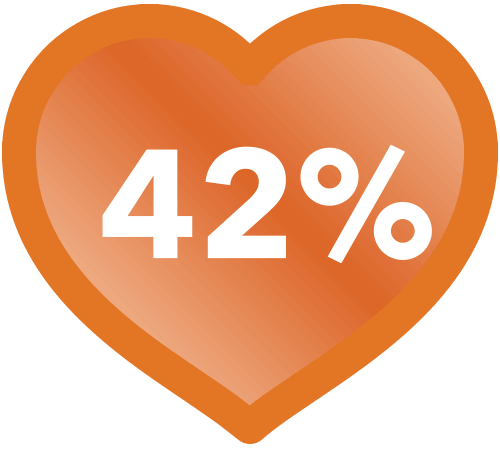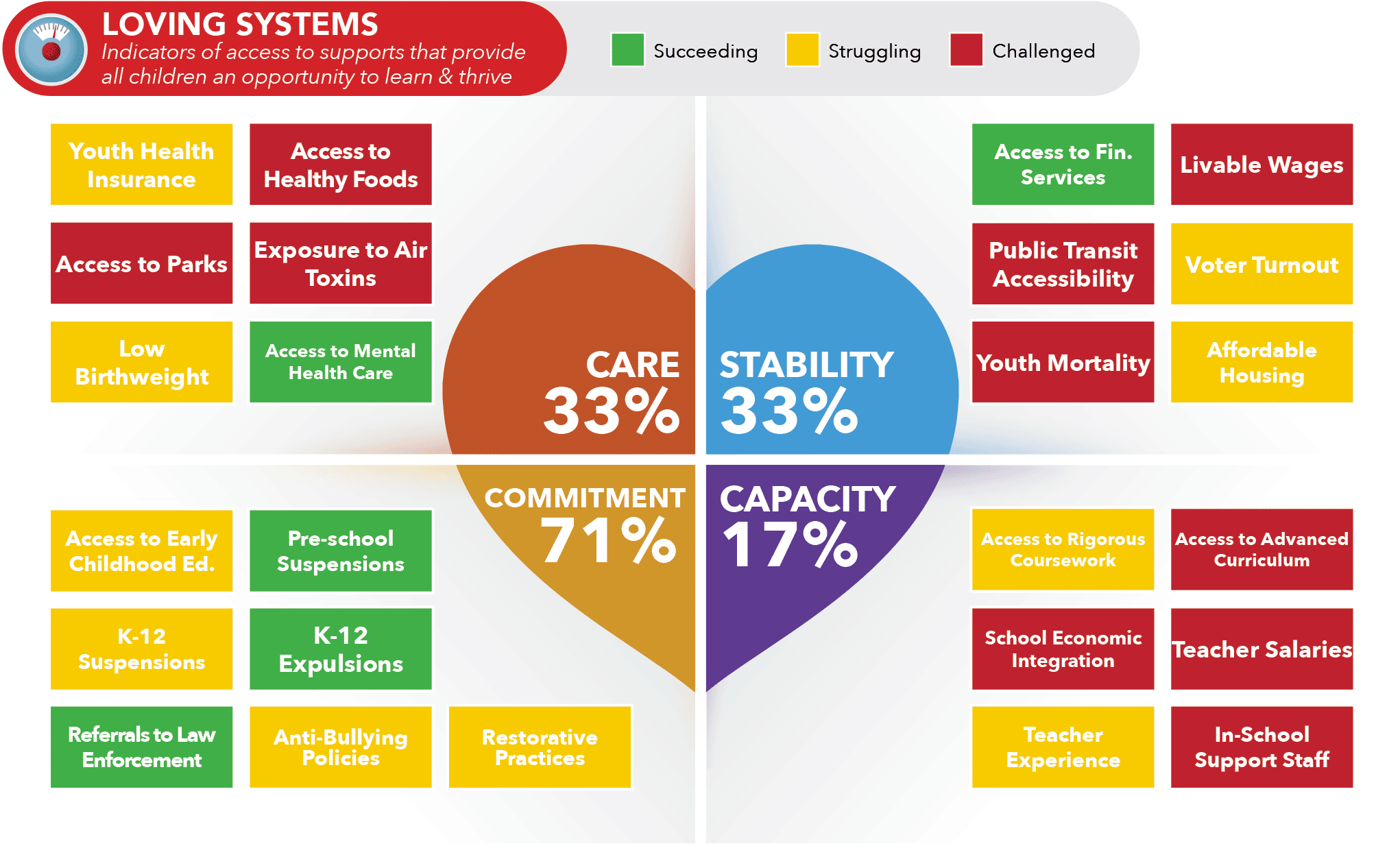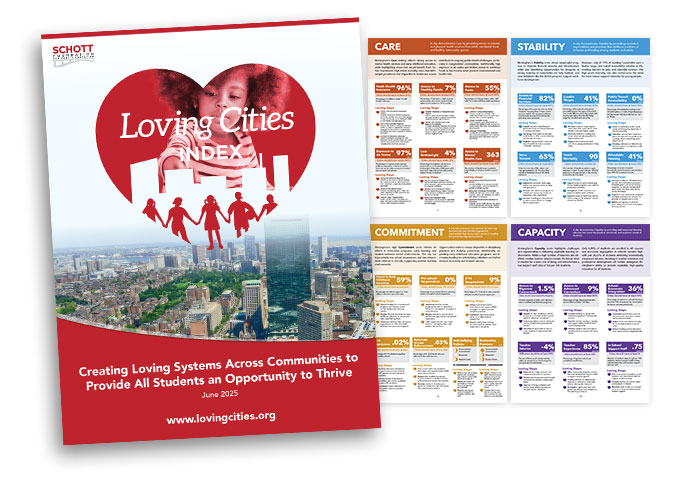Birmingham, Alabama, has a legacy of resilience and transformation, shaping its present and future. Founded in 1871 as an industrial powerhouse, the city became a center for economic opportunity but also faced systemic segregation that influenced housing, education, and wealth. A scene of pivotal moments in the Civil Rights Movement, Birmingham’s community continues to build on this history.


of supports measured
Home to 196,910 residents, Birmingham is Alabama’s largest city and majority Black (69.9%). While significant economic disparities persist, the city is driving progress through community-led investments in education, workforce development, and public health.
The city’s Commitment score reflects notable progress in restorative practices, early childhood education, and civic engagement. Its Care and Stability scores highlight opportunities to enhance maternal health, food security, livable wages, and public transit access. The Capacity score reveals some challenges in equitable access to rigorous academics, school economic integration, and teacher support. Across all areas, Birmingham demonstrates a readiness to build on its strengths and pursue bold solutions that prioritize inclusion and well-being for all residents.
Expand to read more
Birmingham’s ongoing progress demonstrates its commitment to a more inclusive, prosperous future. By continuing to invest in education, economic mobility, and public health, the city can foster opportunity and equity for all residents.
Birmingham is making significant strides in education, workforce development, and public health, creating new opportunities for residents to thrive.
With an 83% high school graduation rate, ongoing efforts to strengthen education are key to preparing students for future success. The State Board of Education’s 2024 literacy policies are designed to enhance teacher preparation and K-12 instruction, improving reading proficiency and long-term academic outcomes. Expanding access to higher education, where 44.11% of adults have earned an associate degree, presents a valuable opportunity to further increase career readiness. Additionally, programs like the Embrace Mothers pilot initiative, which provided financial support to 110 single mothers, have demonstrated success in improving economic stability, childcare access, and educational aspirations—helping families build brighter futures.
Birmingham’s low unemployment rate of 2.93% reflects economic progress, and initiatives like the Building Opportunities for Lasting Development (BOLD) program, which awarded over $850,000 to support innovative community solutions, are driving further job growth. Expanding workforce development programs can ensure even greater access to high-quality, sustainable careers.
Public health efforts are also advancing through initiatives like Southern Research’s Catalyst program, which, with nearly $20 million in funding, is improving healthcare access through free genetic testing and clinical insights for underserved communities. These investments are key to strengthening health outcomes, particularly in maternal and child health, as Birmingham continues working to lower its infant mortality rate of 9.00 per 1,000 live births.
By building on these achievements—enhancing education, expanding economic opportunities, and improving healthcare access—Birmingham is well-positioned to foster long-term growth and prosperity for all residents.
Birmingham Indicators

The Community Climate comprises indicators of a city’s current conditions in important areas such as education, economic stability, and public health. While these indicators do not uncover underlying supports or influences in a city, the outcomes provide a picture of a community’s well-being, economic mobility, and equitable opportunities.



